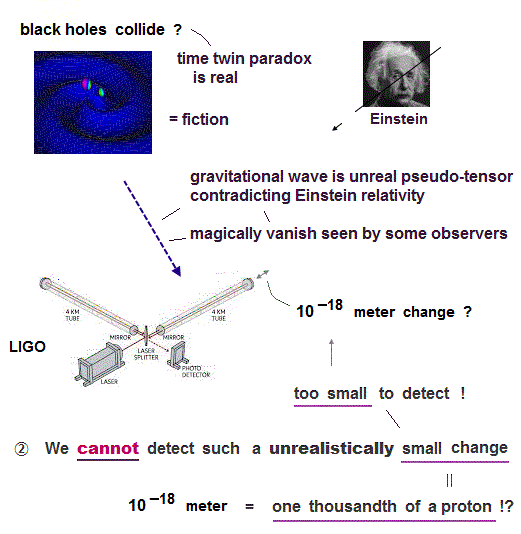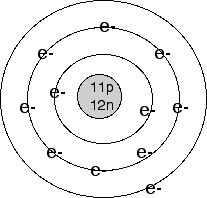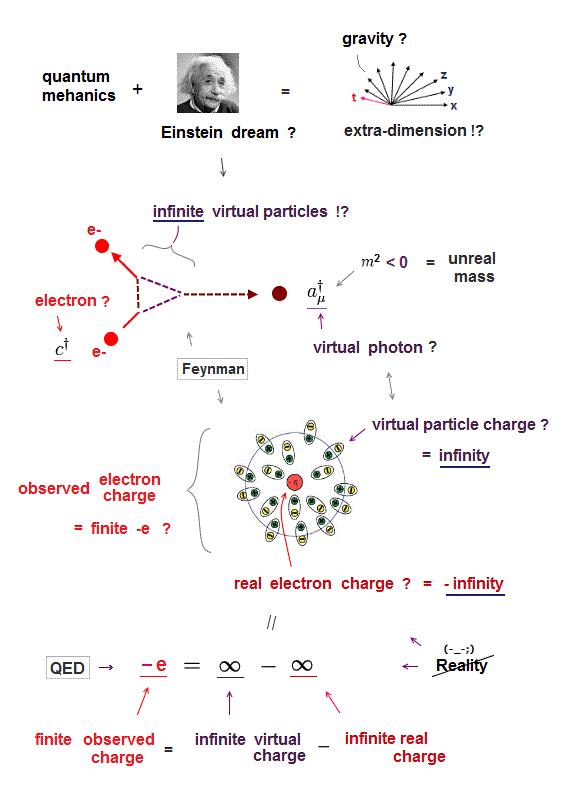

When an electron transitions from an excited state (higher energy orbit) to a less excited state, or ground state, the difference in energy is emitted as a photon. If the atom receives energy from an outside source, it is possible for the electron to move to an orbit with a higher n value and the atom is now in an excited electronic state (or simply an excited state) with a higher energy. When the electron is in this lowest energy orbit, the atom is said to be in its ground electronic state (or simply ground state). Thus, the electron in a hydrogen atom usually moves in the n = 1 orbit, the orbit in which it has the lowest energy. One of the fundamental laws of physics is that matter is most stable with the lowest possible energy. The lowest few energy levels are shown in Figure 3.3.3. The more negative the calculated value, the lower the energy. Since the Rydberg constant was one of the most precisely measured constants at that time, this level of agreement was astonishing and meant that Bohr’s model was taken seriously, despite the many assumptions that Bohr needed to derive it.įigure 3.3.3 Quantum numbers and energy levels in a hydrogen atom. For example, when an electric discharge passes through a tube containing hydrogen gas at low pressure, the \ce, and compared it with the experimentally accepted value, he got excellent agreement.

This sign show the elaborate artistic effects that can be achieved.Įach emission line consists of a single wavelength of light, which implies that the light emitted by a gas consists of a set of discrete energies. Each element displays its own characteristic set of lines, as do molecules, although their spectra are generally much more complicated.įigure 3.3.1 Neon signs operate by exciting a gas at low partial pressure using an electrical current. Fluorescent light bulbs and neon signs operate in this way ( Figure 3.3.1). Exciting a gas at low partial pressure using an electrical current, or heating it, will produce line spectra. In contrast to continuous spectra, light can also occur as discrete or line spectrahaving very narrow line widths interspersed throughout the spectral regions. These continuous spectra can often be approximated by blackbody radiation curves at some appropriate temperature. Incandescent (glowing) solids such as tungsten filaments in incandescent lights also give off light that contains all wavelengths of visible light. Sunlight also contains UV light (shorter wavelengths) and IR light (longer wavelengths) that can be detected using instruments but that are invisible to the human eye. You can see all the visible wavelengths of light present in sunlight by using a prism to separate them. Most of the light generated from stars (including our sun) is produced in this fashion.
#HELIUM BOHR MODEL SERIES#
Photons produced in this manner have a range of energies, and thereby produce a continuous spectrum in which an unbroken series of wavelengths is present.

When solids, liquids, or condensed gases are heated sufficiently, they radiate some of the excess energy as light. Use the Rydberg equation to calculate energies of light emitted or absorbed by hydrogen atomsĪnother paradox within the classical electromagnetic theory that scientists in the late nineteenth century struggled with concerned the light emitted from atoms and molecules.Describe the Bohr model of the hydrogen atom.(6) The angular momentum of the falling clay is zero because the clay is moving in a straight line. (4) The angular momentum of the wheel is the sum of the angular momentum of the wheel + clay after the collision is equal to the initial angular momentum of the clay. (3) Just before the collision, the angular momentum of the wheel is 0. (2) The angular momentum of the wheel is the same before and after the collision. (a) Which of the following statements are true, for angular momentum relative to the axle of the wheel? (1) Just before the collision, r ⊥ = 0. 066 k g and its speed just before the collision is 10 m / s. A piece of clay falls and sticks to one of the balls as shown in the figure. 4 m, and each of the eight balls has a mass of 0. In Figure 11.89 depicts a device that can rotate freely with little friction with the axle.


 0 kommentar(er)
0 kommentar(er)
